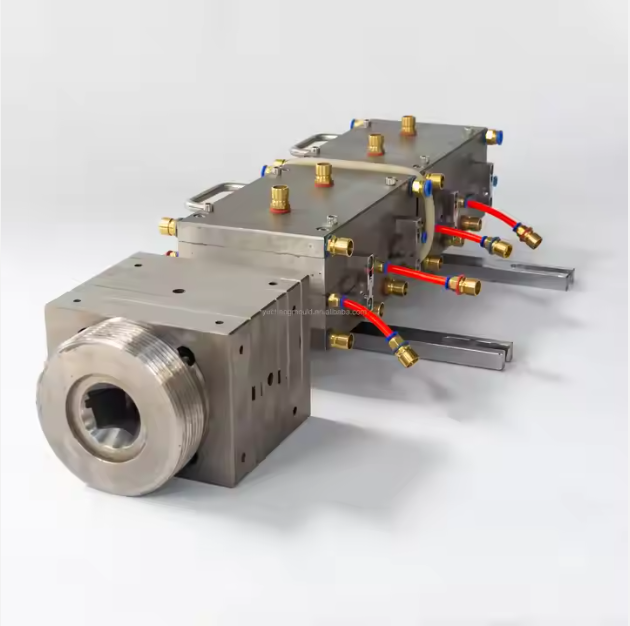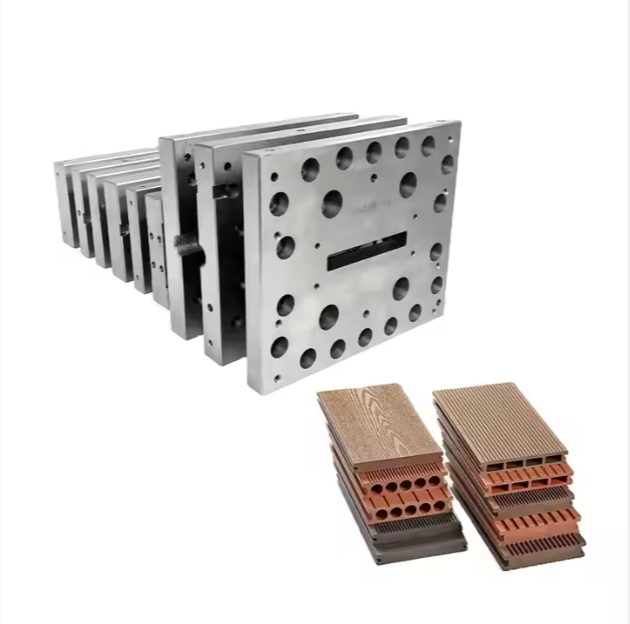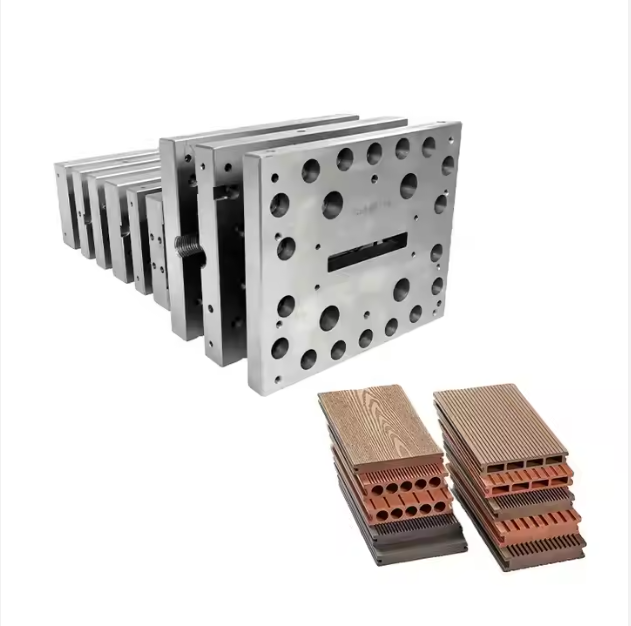How to Extend the Lifespan of Your Extrusion Moulds with Proper Care?
Buying an extrusion mould is a big investment. But here’s the truth—its value depends not only on the quality of the die itself, but also on how you take care of it. A well-maintained mould can run smoothly for years, while a neglected one might fail way too soon.
So, how can you make sure your moulds last longer? Let’s dive in.
Regular Cleaning Is a Must
After each production run, material residues like PVC or WPC can stick inside the flow channels. If they’re not removed, they harden and cause defects in future profiles. Simple cleaning prevents a lot of trouble down the line.
Check for Alignment Issues
Misalignment of mould parts can lead to:
-
Uneven wall thickness
-
Warping of finished profiles
-
Higher scrap rates
Catching alignment issues early keeps production stable and reduces waste.
Lubrication and Anti-Corrosion Steps
Moving parts in co-extrusion dies need lubrication. And if your workshop is humid, consider anti-rust sprays or controlled storage conditions. Remember, even the best steel can corrode without care.
When to Seek Professional Help
Sometimes, re-polishing or surface re-coating is needed. Instead of waiting for major failures, working with your mould supplier for periodic checkups is a wise move. Think of it like taking your car for regular service—it saves money in the long run.
Key Takeaway for Manufacturers
Proper maintenance means:
-
Less downtime
-
Better product consistency
-
Longer mould lifespan
-
Improved ROI
Not taking care of moulds is like throwing money out the window.
An extrusion mould isn’t just a piece of metal—it’s the heart of your production line. With simple steps in cleaning, alignment, lubrication, and inspections, you can keep it running at peak performance for years.







